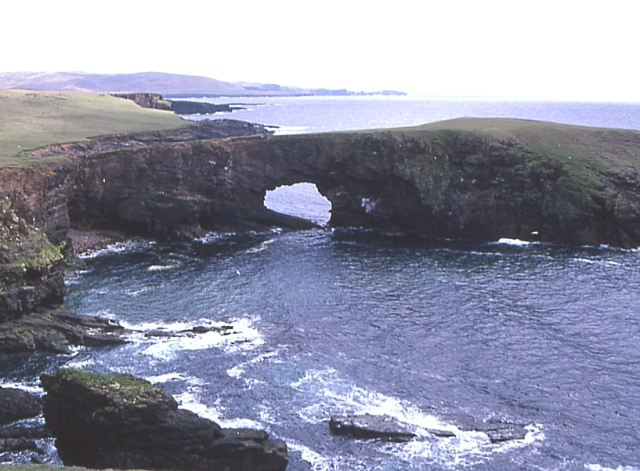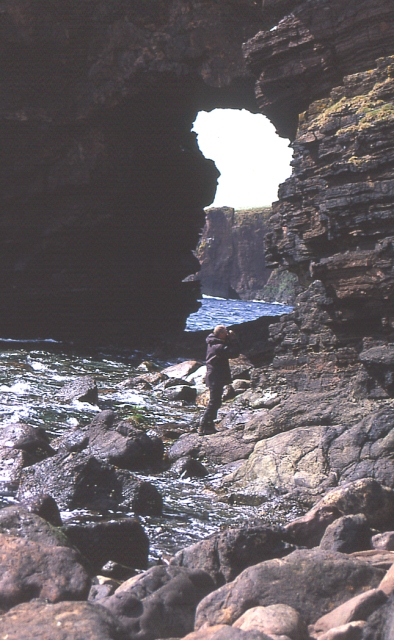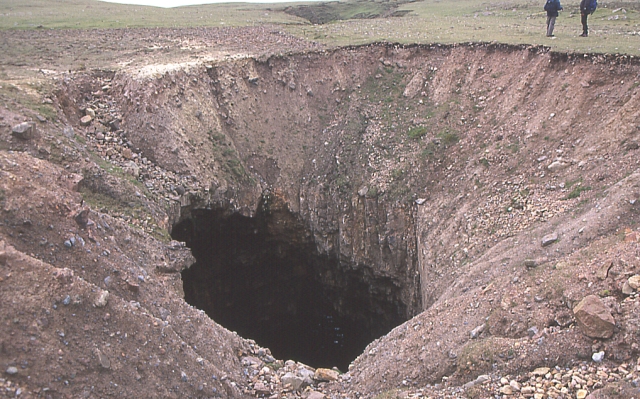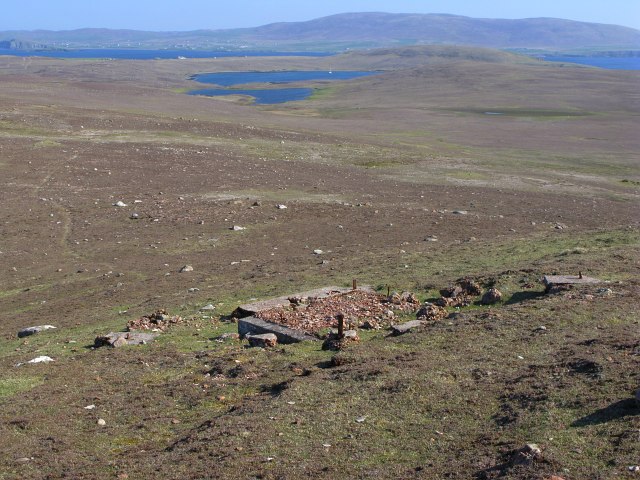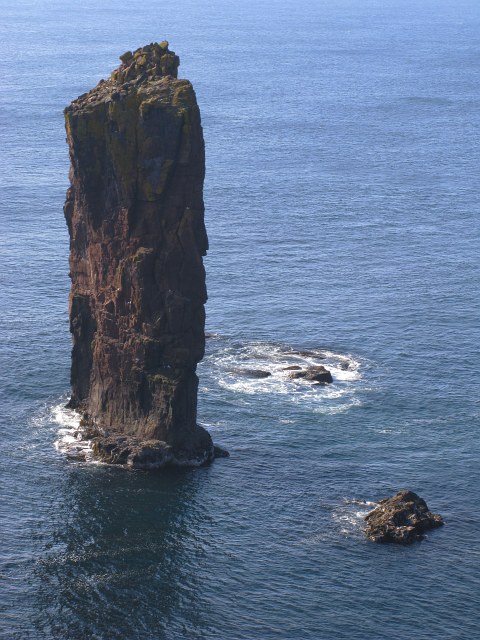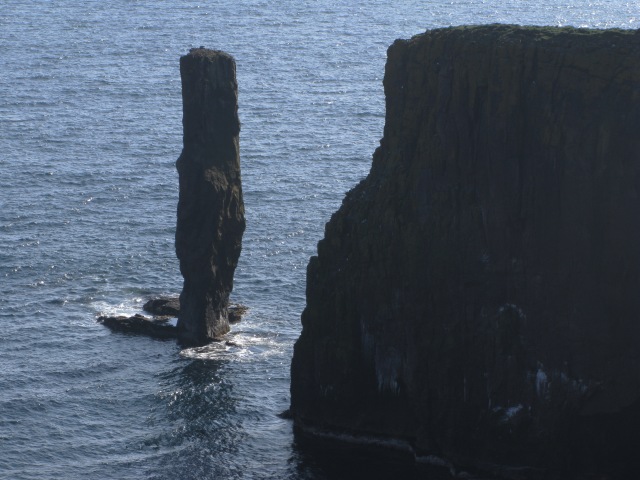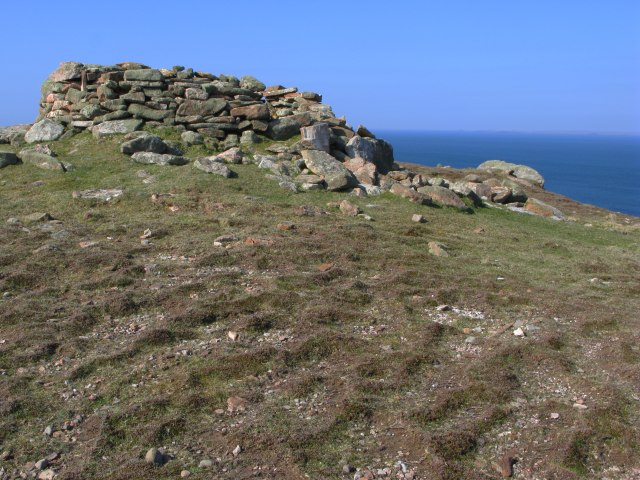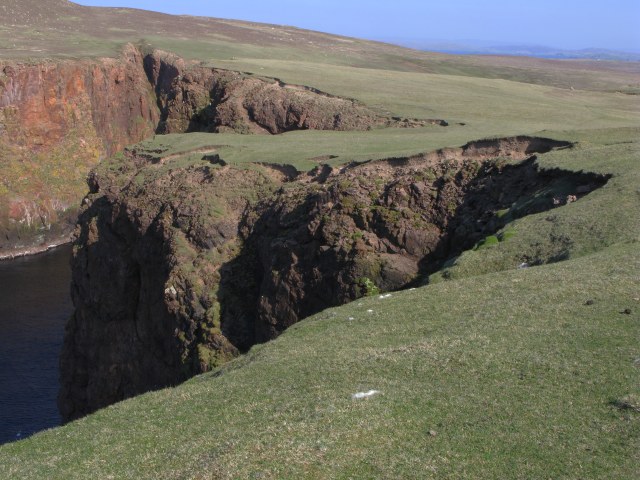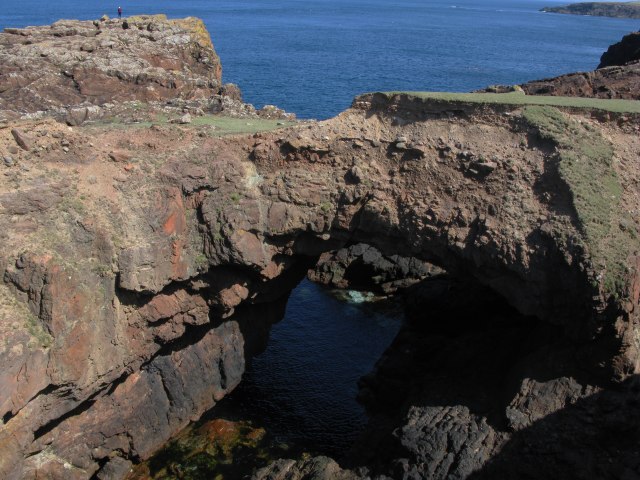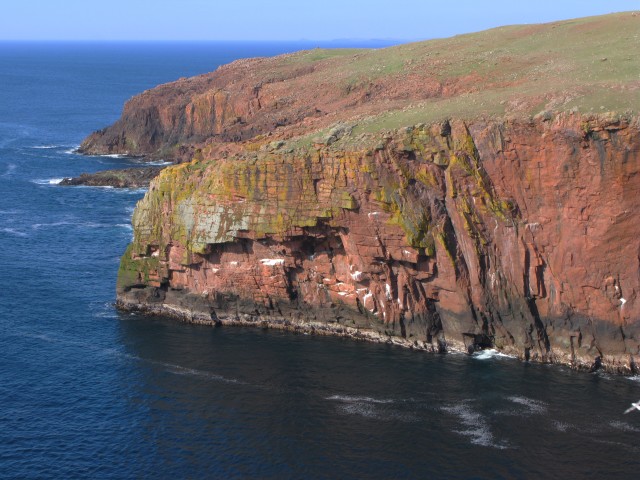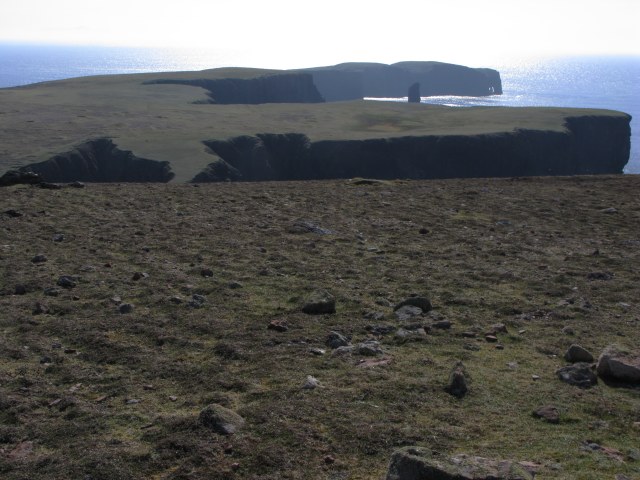Kuddi
Coastal Feature, Headland, Point in Shetland
Scotland
Kuddi
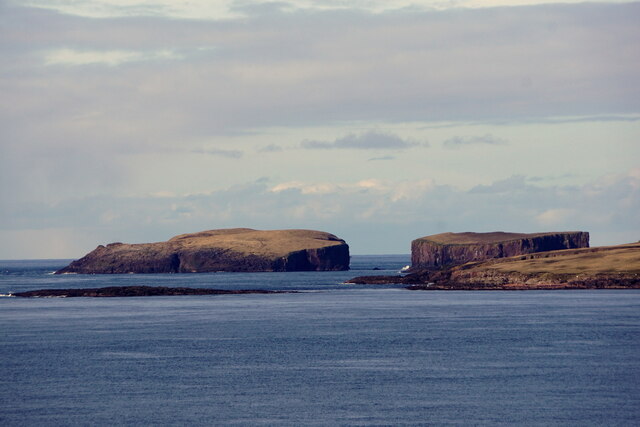
Kuddi is a captivating coastal feature located in Shetland, an archipelago in Scotland. This scenic headland juts out into the North Sea, forming a prominent point along the rugged coastline of the islands.
Situated amidst the dramatic landscape of Shetland, Kuddi offers breathtaking views of the surrounding seascape. The headland is characterized by its sheer cliffs, which rise majestically from the crashing waves below. These cliffs are composed of resilient rock formations, showcasing the geological history of the region.
Kuddi serves as a picturesque vantage point for nature enthusiasts and photographers alike. Visitors can witness the untamed beauty of the North Sea, with its ever-changing colors and powerful waves. On clear days, the headland provides an excellent spot for birdwatching, as numerous seabirds can be seen nesting and soaring above the cliffs.
The coastal feature is also home to a diverse range of flora and fauna. Hardy plants and grasses cling to the rocky ledges, adapting to the harsh coastal conditions. Seals and otters can often be spotted swimming in the waters surrounding Kuddi, adding to the area's natural charm.
Access to Kuddi is generally via foot, with visitors following designated coastal paths. The headland is a popular spot for hikers and nature lovers seeking to immerse themselves in Shetland's wild and unspoiled environment.
In summary, Kuddi is a captivating headland and point in Shetland, offering stunning views of the North Sea and a rich display of wildlife. It is a must-visit destination for those seeking to explore the dramatic beauty of Scotland's coastal landscapes.
If you have any feedback on the listing, please let us know in the comments section below.
Kuddi Images
Images are sourced within 2km of 60.334172/-1.7454771 or Grid Reference HU1461. Thanks to Geograph Open Source API. All images are credited.
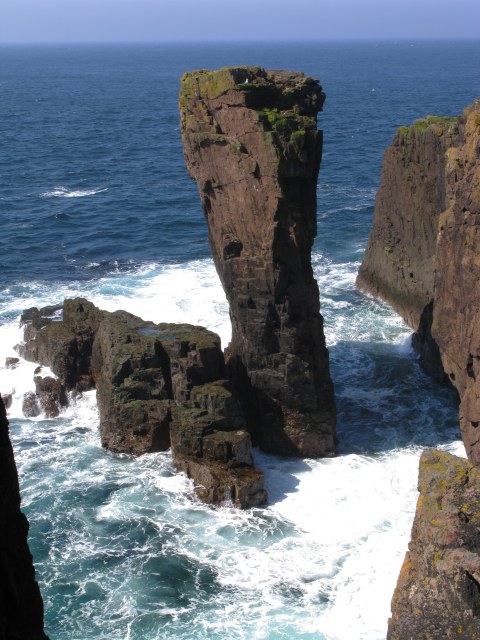
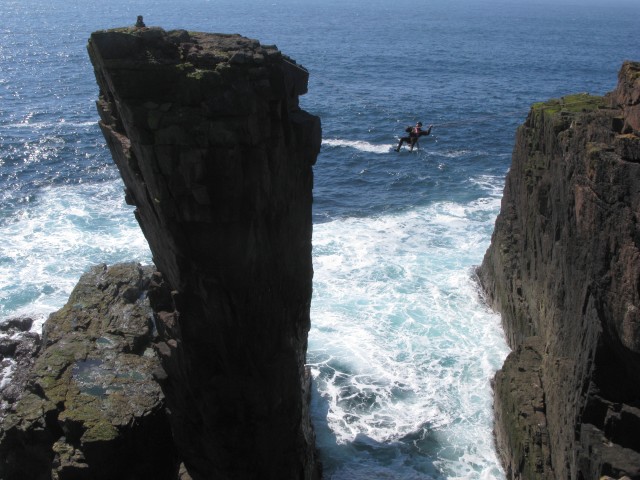
Kuddi is located at Grid Ref: HU1461 (Lat: 60.334172, Lng: -1.7454771)
Unitary Authority: Shetland Islands
Police Authority: Highlands and Islands
What 3 Words
///punt.degrading.easygoing. Near Walls, Shetland Islands
Nearby Locations
Related Wikis
Papa Stour
Papa Stour (Scots: Papa Stour) is one of the Shetland Islands in Scotland, with a population of under fifteen people, some of whom immigrated after an...
Papa Stour Airstrip
Papa Stour Airstrip is a small airstrip in the village of Biggings on the island of Papa Stour. Shetland, Scotland. == History == Papa Stour Airstrip opened...
Biggings
Biggings is a village on the island of Papa Stour, in Shetland, Scotland. Papa Stour's church is situated at the south of Biggings. A homestead of Duke...
Forewick Holm
Forewick Holm is a 1-hectare (2.5-acre) island in the Sound of Papa in the Shetland islands, Scotland. Located between Papa Stour and the Sandness peninsula...
Brei Holm
Brei Holm is a tiny tidal islet in the western Shetland Islands. It is due east of Papa Stour, to which it is connected at low tide, just outside Housa...
Maiden Stack
The Maiden Stack or Frau Stack is a tiny stack in the western Shetland Islands to the north of Brei Holm and east of Housa Voe in Papa Stour. It is so...
Ve Skerries
The Ve Skerries or Vee Skerries (Old Norse: Vestan sker, West Skerries) are a group of low skerries (rocky islands) three miles (4.8 km) north west of...
MV Coelleira
MV Coelleira was a Spanish-owned fishing vessel which was built in 1970 in the Netherlands. It was wrecked on 4 August 2019 on the Ve Skerries, Shetland...
Have you been to Kuddi?
Leave your review of Kuddi below (or comments, questions and feedback).
